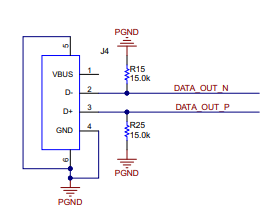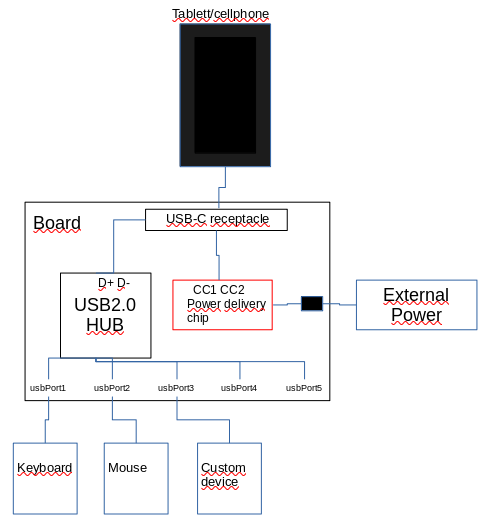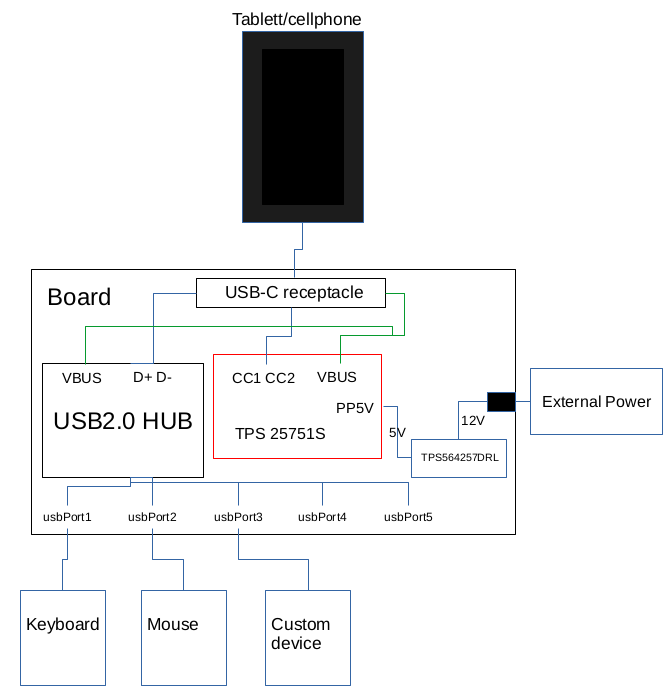Other Parts Discussed in Thread: TPS25830A-Q1, , TPS25751, TPS25730
Tool/software:
Hi,
Did buy a evaluation module TPS2583XAQ1EVM to build a PD + Data board if all works good I'll make my own board.
Want make a board that could provide power to tablet or cell phone and at the same time the tablet or phone see a device connected, like keyboard or mouse.
Think it's could be possible using TPS25830A chip.
Couldn't reach my target using evaluation board. I did connect a mouse using female to female adapter connected on J4 and providing power with VBUS.
I did let open CTL1 and CTL2 to reach Type-C (3 A) + CDP Mode.
About J5 & J6, I'm little confusing with Rd and Ra, but tested different combinations.
Thanks!




